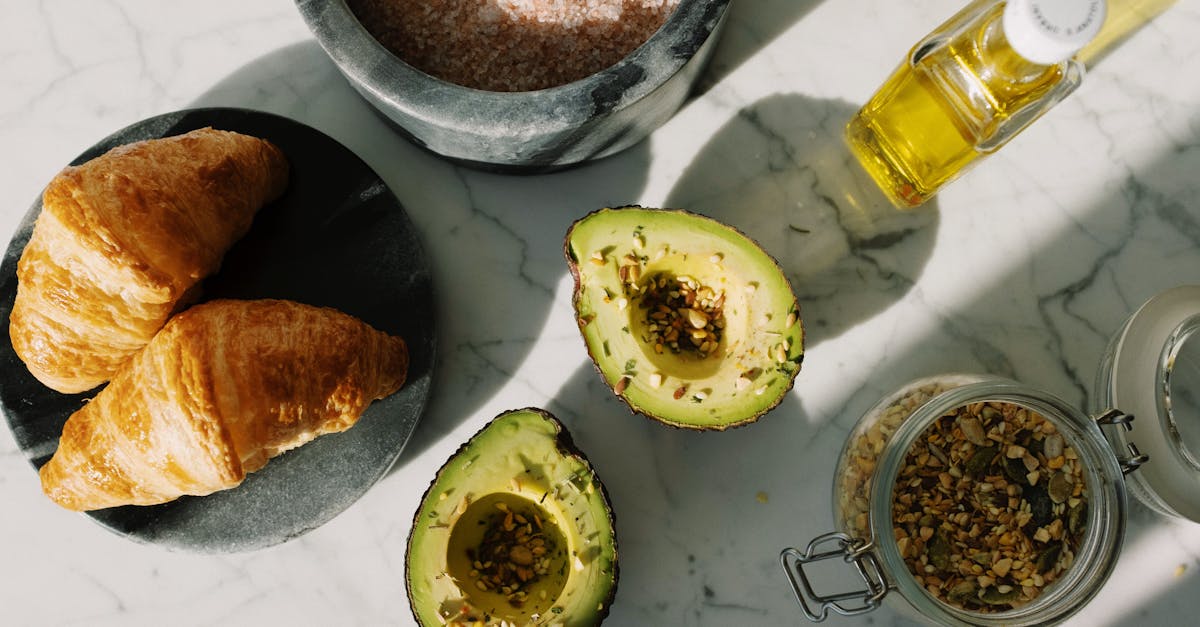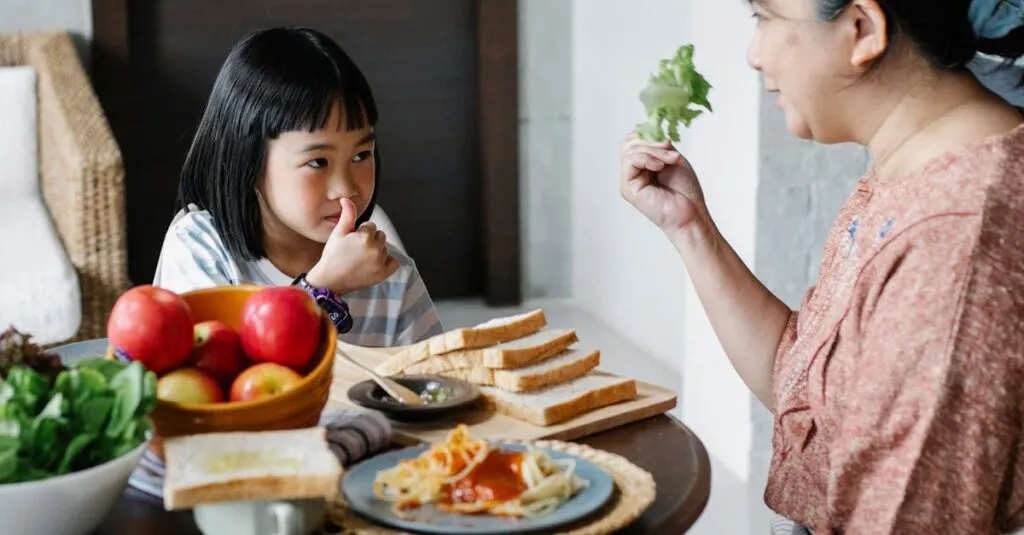The Power of No: Building Your Food Framework
Have you ever felt like mealtime is a battleground? You’re not alone. Setting boundaries around food doesn’t have to be a food fight. It’s about creating a loving framework.
Start by establishing a consistent meal schedule. This predictability helps kids feel secure and establishes a healthy routine.
Discuss with your child the types of foods that will be on their plate – think of it as a nutritional blueprint. When setting these boundaries, it’s important to be firm but gentle. Got a cookie monster? Explain why cookies can’t be dinner. Remember, it’s not just about saying ‘no‘, it’s about saying ‘we care about your health‘.

Healthy Swaps: Making Nutrition Fun
Imagine turning a broccoli monster into a veggie-lover, sound impossible? It’s all about the swap game. Introduce whole fruits instead of fruit-flavored snacks. Opt for whole grain bread over white. Mix veggies into their favorite pasta dish. The key is to make these swaps not only nutritious but also fun.
Involve your child in cooking. Let them play with food colors and shapes. This not only makes meal prep a bonding time but also empowers them to make healthy choices. Remember, creativity in the kitchen can turn the pickiest eater into a food explorer.
 Please note that I have excluded the color enhancement part from the transformation as it might affect the accessibility and readability of the content.
Please note that I have excluded the color enhancement part from the transformation as it might affect the accessibility and readability of the content.
Mealtime Magic: Strategies for Fussy Eaters
Mealtime doesn’t have to mean meltdown time. For fussy eaters, it’s about making small, positive steps. Offer choices within boundaries. A ‘this or that’ approach can work wonders, giving them a sense of control. Make meals engaging. A funny face pancake or rainbow veggies can capture their interest. Don’t force it. If they refuse, take a break and try again later. Patience and persistence are key. And sometimes, just sitting together at the table, even if not everything is eaten, fosters a positive mealtime environment. Remember, it’s not just about the food. It’s about the moments together.

- Offer choices within boundaries
- Make meals engaging with creative presentations
- Take a break if needed, and try again later
- Patience and persistence are key
- Share moments together at the table
Snack Smart: Planning for Success
Snacks are often seen as the enemy, but they’re actually secret allies in teaching healthy eating. The trick is to plan ahead. Keep easy, healthy snacks accessible. Think sliced fruits, nuts, or cheese sticks. Avoid keeping sugary treats within easy reach. This encourages smart snacking. Also, establish regular snack times to avoid grazing. This helps regulate their hunger cues. Teach them to listen to their body. Are they really hungry or just bored? Smart snacking is all about making conscious choices.

Emotional Eating: Teaching Kids to Cope
Emotions play a huge role in how we all eat, preschoolers included. It’s crucial to teach them emotional resilience, especially in relation to food. Avoid using food as a reward. This can set up unhealthy habits. Instead, teach them to find comfort in other ways: a hug, a story, or a quiet moment together. Encourage them to express their emotions. A child who can say, ‘I’m sad’ is less likely to reach for cookies to cope. Building a healthy emotional toolbox now sets the foundation for a lifetime of balanced eating habits.

Teaching children how to cope with emotions without turning to food is a valuable skill that will benefit them throughout their lives.
Related Posts:
- Preschool Personal Safety & Boundaries
- Effect of Discipline and Boundaries on Pre-schoolers’ Self-esteem
- Supporting Preschoolers: Teach Resilience with Boundaries
- Setting Boundaries in Blended Families with Preschoolers
- Empowering Preschoolers: Boundaries for Chores & Independence
